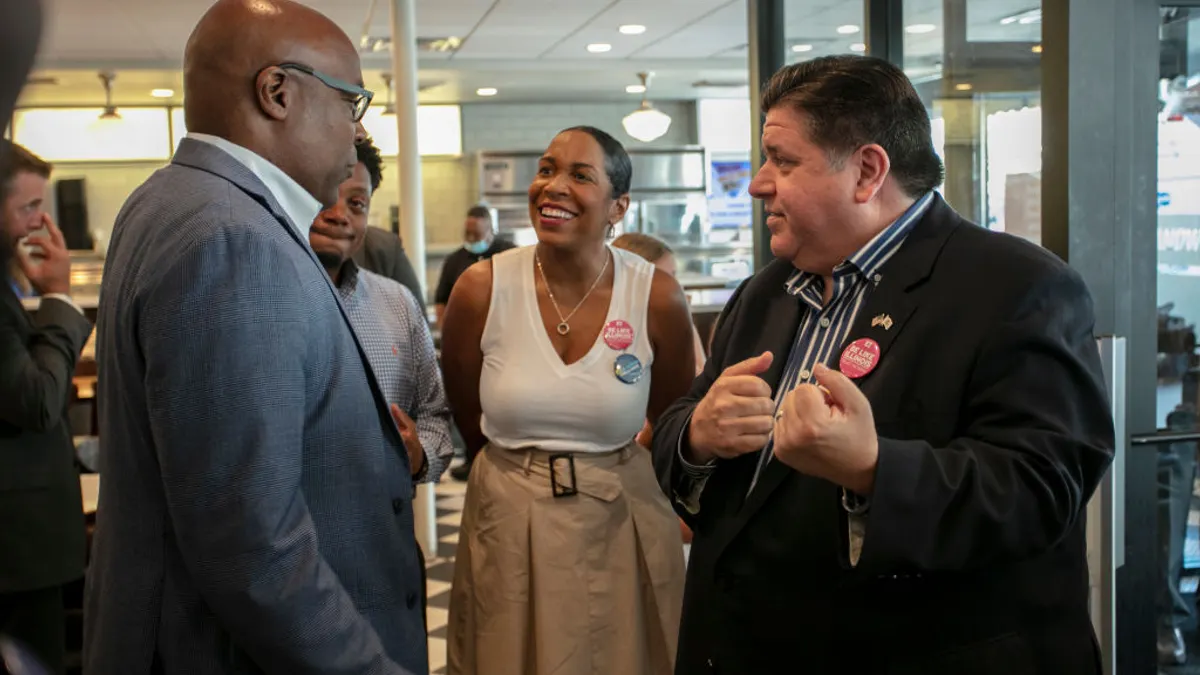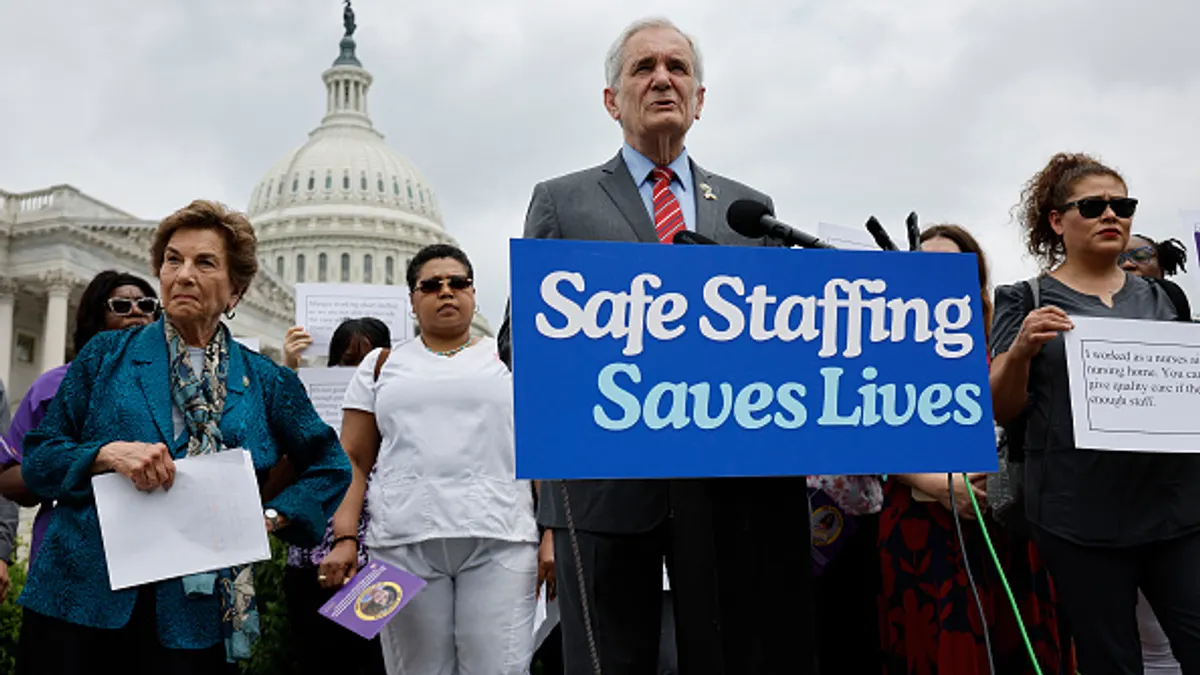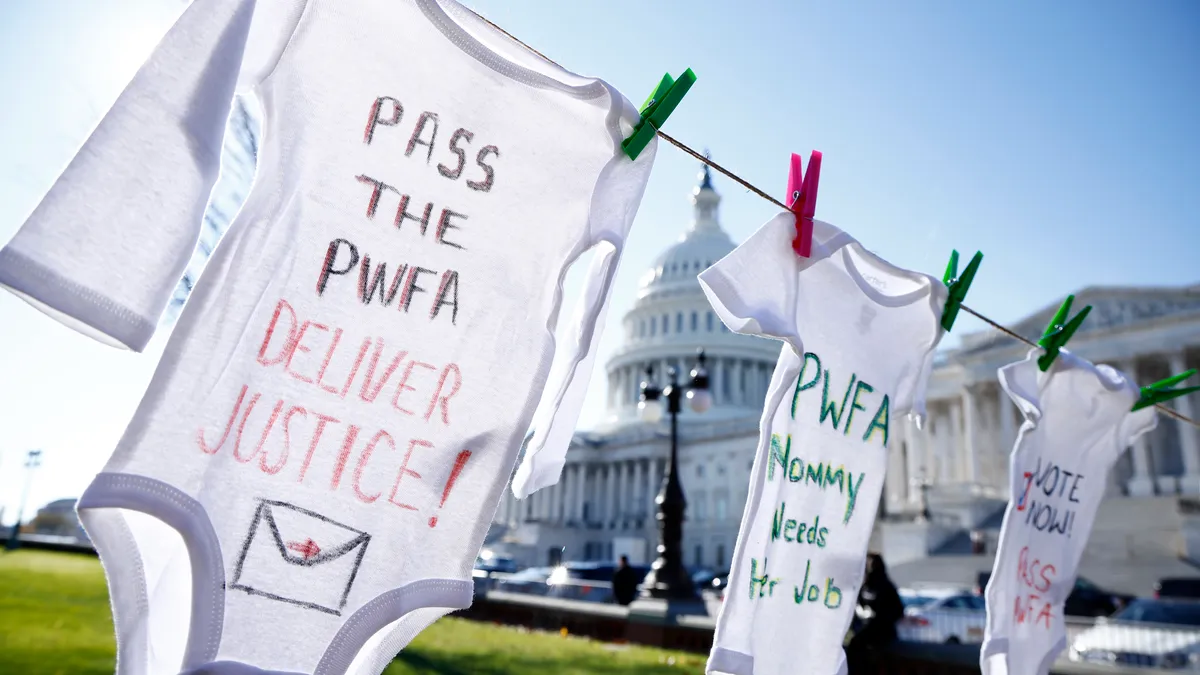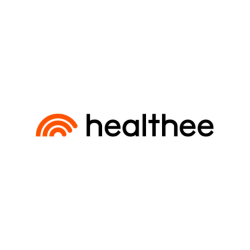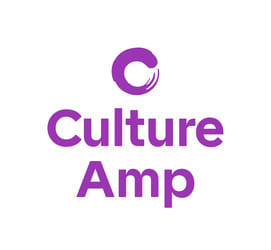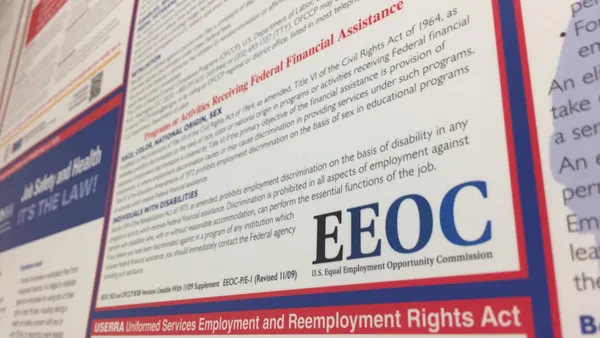Title VII of the 1964 Civil Rights Act is one of the most crucial — and, in the nation’s courtrooms, one of the most active — employment law statutes. On the cusp of its 60th anniversary, the law’s anti-discrimination provisions remain a topic of complex debate, and sources who spoke to HR Dive expect the conversation to carry on well into the next several years.
“I think we will continue to see an expansion of Title VII through case law and not through legislative changes,” said Stephanie Kaplan, partner at Blank Rome. “That’s a trend that I see continuing in the near term.”
Much of that litigation could be defined by three landmark U.S. Supreme Court decisions handed down within the last four years, two of them decided in the last 12 months alone:
- Bostock v. Clayton County, Ga., in which a 6-3 majority opinion by Justice Neil Gorsuch held that Title VII’s prohibition of sex discrimination extended to sexual orientation and gender identity.
- Groff v. DeJoy, in which a unanimous court struck down the “more than a de minimis cost” standard for determining whether a proposed workplace accommodation for an employee’s sincerely held religious belief or practice poses undue hardship, instead holding that this threshold is only met when the burden imposed on an employer is “substantial in the overall context of an employer’s business.”
- Muldrow v. City of St. Louis, a case decided last April, in which the court held that employees challenging a job transfer need not show that the transfer caused “significant” harm, but instead, need only show that the decision caused some harm with respect to an identifiable term or condition of employment.
According to U.S. Equal Employment Opportunity Commission data, the annual count of charge receipts involving Title VII discrimination claims generally declined between the commission’s 2013 and 2021 fiscal years. A jump from 41,764 charges in 2021 to 53,666 charges in 2022 occurred in part due to a “significant increase” in vaccine-related discrimination claims during the latter year, EEOC has said.
In FY 2023, EEOC received its highest number of Title VII discrimination charges in six years
Still, 2023’s tally of 56,650 Title VII charge receipts represented EEOC’s highest such mark since 2017, and the same was true of the number of charges that resulted in settlements.
A ‘tension’ between religious freedom and Bostock
While the Supreme Court decided the question of whether Title VII protects against discrimination on the basis of sexual orientation and gender identity in Bostock, it also declined to go further and decide whether the law takes a position on issues such as employee pronouns and insurance coverage of gender-affirming care.
Such issues are already being litigated in lower courts, but one key question has emerged on how to strike the balance between religious freedom protections and Title VII’s anti-discrimination requirements, according to Kaplan.
“We’re continuing to see this tension in the case law between religious freedom and the implications for civil rights related to sexual orientation and gender identity,” she said. “It’s clear to anyone watching these issues that the Supreme Court is very protective of religious freedom, and with the current court composition, I don’t see that changing in the near future.”
Post-Bostock litigation involving religious freedom claims are “one of the biggest areas of legal development we will see” in the near future as well as the “next frontier” for Title VII litigation, Nonnie Shivers, shareholder at Ogletree Deakins, told HR Dive.
“We’re seeing a wild uptick in the amount of requests or expressions of concern by employees about their religious rights in the workplace being trod upon by the effort to protect the rights of others,” Shivers said.
She gave the example of an employee who, upon being instructed to refer to a transgender co-worker by their specified name or pronouns, refuses to do so because their sincerely held religious belief instructs them not to lie. Such situations require employers to reconcile the dual rights of both employees while still meeting nondiscrimination obligations, and this may apply to employee-employee relationships as well as employee-customer relationships.
“If someone lists their pronoun in a signature, badge or email, or if someone requests that, how are we going to ensure that customers, patrons or third parties respect those requests as well?” Shivers said. “That’s the next frontier, balancing those rights.”
EEOC recently addressed workplace harassment post-Bostock through a guidance document it published in April. The agency said its interpretation of Bostock defines harassment on the basis of sexual orientation and gender identity to include infractions such as “outing,” misgendering, pestering related to a gender-nonconforming appearance and a denial of access to a bathroom or other sex-segregated facility consistent with an individual’s gender identity.
Eighteen states sued EEOC last month in an effort to block the guidance, alleging the document illegally expands Title VII and misinterprets the Bostock decision. That case aside, Kaplan said EEOC’s guidance is consistent with the agency’s regulatory activities in recent years.
“They’re ahead of the case law,” she said. “It’s important for employers to review the guidance, certainly, but it is guidance — not law.”
To balance these two areas of Title VII, employers will need to first determine their risk tolerance, Shivers said. That may require a baseline inquiry into an employer’s culture; specifically, Shivers said employers should define where they will draw a line in the sand on potentially discriminatory conduct, and which fundamental behavioral rules they require all employees follow.
Employers might want to take the approach of complying to the “highest common denominator” in terms of state and local anti-discrimination laws, particularly if they operate in multiple states, Shivers said. New York City, for example, has issued guidance specifying that practices such as failing to use a name or pronoun with which an individual self-identities or implementing a gendered dress code violate the city’s anti-discrimination laws.

Religious accommodations could mirror ADA process
In Groff, the Supreme Court declined to formally adopt the ADA’s undue hardship standard as a new bar for religious accommodation claims under Title VII, despite stakeholders who argued for this change.
But the process for religious accommodations moving forward could look very similar to the ADA framework, according to Schwanda Rountree, co-managing partner for the Washington, D.C., office of plaintiff-side firm Sanford Heisler Sharp.
“It’s going to require employers to be more amenable [to accommodation requests] and it’s going to make the process of providing religious accommodations much more fluid,” she said.
Plaintiffs will likely have an easier time overcoming employers’ economic hardship arguments post-Groff, Rountree said. At the same time, she noted that there may be increased scrutiny of how religion is defined, both in terms of what is considered a recognized religion as well as what kinds of accommodations might be provided as a result of a specific religion being recognized.
While employers have been attuned to the need for religious accommodations for some time, one aspect of Groff that may prove particularly challenging is its potential retroactivity, said Kaplan. Employers saw an uptick in religious accommodation requests specifically related to COVID-19 vaccination requirements in recent years, she added, some of which featured unique requests not seen in other contexts.
“A lot of employers are facing unique accommodation requests in the COVID-19 era that they hadn’t had to grapple with before,” Kaplan said. “To say that this standard established in Groff would apply to that era retroactively with the benefit of knowing this decision, and knowing that those [accommodation] decisions were made, is really perturbing to me.”
In her prior work as a litigator for the federal government, Rountree said she also saw an increase in vaccine-related litigation that involved public-sector employees’ requests for religious accommodations. “The cases I saw were very nuanced from the standpoint of contesting the ingredients in the vaccine and those not being in alignment with [plaintiffs’] particular religious observation and requirements,” she added.
Increased scrutiny of sincerely held religious beliefs and practices could also be on the horizon, Rountree said. But in terms of employer compliance, she said the interactive process between employees and employers is likely to follow that established for disability accommodations under the ADA.
That process may be refined by post-Groff case law, too. “There are existing, tried and true processes in the ADA space that don’t yet exist in the religious space, and maybe because there’s a renewed focus after Groff [...] I do think there will be an expansion of resources,” Kaplan said. “I’m seeing companies partner with employment lawyers to get insight on these issues.”
However, Kaplan said she cautions employers against mirroring the process for religious accommodations on that for disabilities under ADA, adding that both processes are fact-specific inquiries.
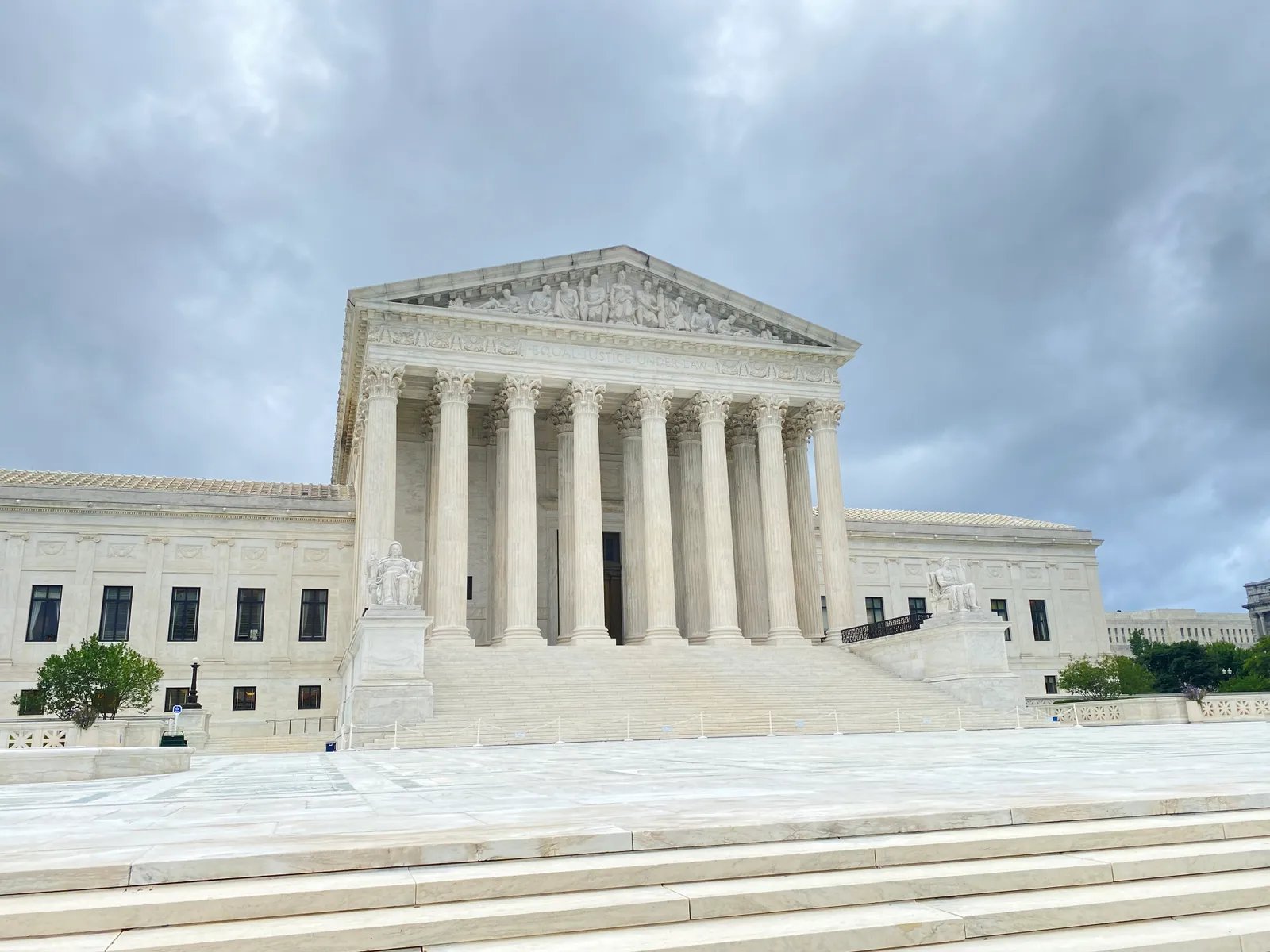
Muldrow may not ‘open the floodgates’ to plaintiffs
Some federal appellate courts had applied a “materially significant disadvantage” standard for evaluating whether a discrimination claim is actionable under Title VII prior to the Supreme Court’s Muldrow decision. Muldrow struck down such requirements, but it was not the only precedential case to shift how federal courts determine which Title VII claims are litigable.
In the wake of these shifts, plaintiffs have increasingly brought discrimination claims dealing with circumstances such as workplace alterations and schedule modifications, said Paulo McKeeby, partner at Reed Smith. Muldrow was one such case, as the plaintiff, a police sergeant, alleged that her transfer to another division constituted sex discrimination even though it did not result in a loss of title, salary or benefits.
“What we’re going to see in the future is more workplace litigation over nontermination decisions in the employment context,” McKeeby said, giving examples such as shift and schedule changes, or changes to an office environment.
Though some have speculated that Muldrow could heighten employer exposure to discrimination claims, others dispute this. Ming-Qi Chu, deputy director of the American Civil Liberties Union’s women’s rights project, told HR Dive that while the decision makes it easier for workers who have been discriminated against to bring lawsuits against employers, those suits also must meet other requirements.
“It doesn’t mean that plaintiffs win all the time,” Chu said. “There are other elements that plaintiffs still have to prove.”
Kaplan said Muldrow raises more questions than answers for employers because it does not provide enough clarity about the court’s new “some harm” standard for showing discrimination under Title VII. In conversations with clients since the decision, she said employers are assessing the potential harm of such decisions more carefully.
“I think federal courts are going to be left to continue to parse out on a fact-by-fact basis what constitutes a violation of Title VII,” Kaplan said.
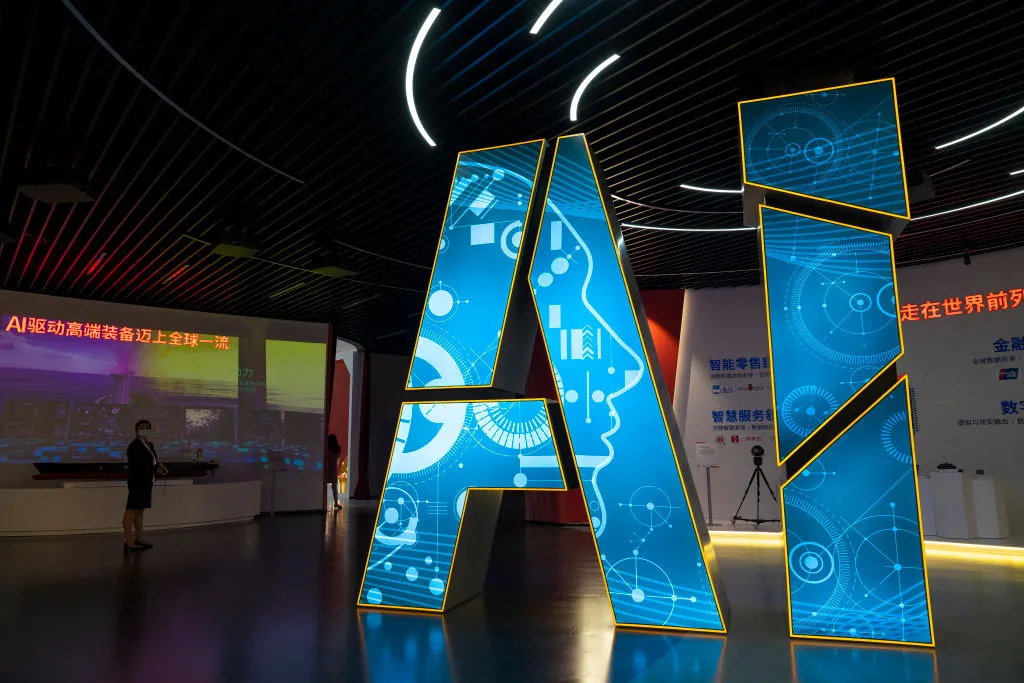
AI may give rise to discrimination claims
Automated workplace technologies, including those underneath the umbrella of artificial intelligence, also may implicate Title VII. That could be an area for employers to watch as adoption of AI technologies increases and regulatory scrutiny of workplace AI applications persists.
According to Olga Akselrod, senior staff attorney in the ACLU’s racial justice program, the organization has seen employers implement AI at “virtually every stage” of the employment process from recruiting and hiring to the management of employees via surveillance tech.
“While these tools may seem attractive to employers as a way to reduce the cost and time of resource-intensive processes such as hiring, many of these tools pose an enormous danger of amplifying existing discrimination in the workplace and labor markets and exacerbating harmful barriers to employment based on race and other characteristics,” Akselrod said.
She added that employers may be liable for their use of discriminatory tools under Title VII even if those tools are designed or administered by a vendor, a proposition that may be important to take note of given that employers may not understand exactly how a given AI tool functions.
“Employers are exposing themselves to a pretty high risk of liability any time they are using these kinds of tools, and it’s very important that they, first of all, don’t use tools that carry a particularly high risk of discrimination and really make sure they are doing their due diligence on these tools,” Akselrod said.
Kaplan said that AI in the Title VII context is an issue that “is only going to become more relevant over the next several years.” She added that it is important for employers to understand how an AI tool will be used, coded and designed to avoid potential failure-to-hire claims — and that vendors are made aware of those concerns as well.
“The intent is to streamline processes and get people jobs, and when you start from that good intention and premise, it’s about building a design that doesn’t inadvertently create an issue that could implicate Title VII,” Kaplan said, noting that AI tools should focus on candidate criteria such as education and skills. “It’s just designing the tech to be looking at those issues and not screening people based on protected characteristics that are not relevant to the job duties.”
Only a handful of jurisdictions have enacted AI in hiring laws at present, and some of these laws have not yet taken effect. Regardless, employers should be aware of the trend and take note of the provisions unique to each law, Kaplan said. New York City, often at the leading edge of employment law, is once again a jurisdiction of note in this regard. The city’s law requires deployers of AI solutions to, among other things, conduct regular bias audits of such tools and provide at least 10 days of notice to employees or job applicants prior to their use.
The ACLU, however, takes the perspective that such regulations do not go far enough to install needed protections, Akselrod said. New York’s bias audit requirement, for example, is “quite narrow” in terms of which protected groups it covers, she continued, and employers should not assume that compliance with the city’s audit requirement — or even positive findings from such an audit — mean that a given tool complies with federal laws like Title VII.
“So far, unfortunately, I don’t think the local or state legislation that we’ve seen passed is sufficiently robust to protect from discrimination and address the discrimination that we’re already seeing from the application of these tools,” Akselrod said, “nor is it sufficiently robust to even uncover discrimination that may be occurring that would subject the employer to liability under Title VII.”
Aside from state and local laws, there has been plenty of commentary from federal regulators on AI’s potential for discrimination. Shivers noted that the EEOC, the U.S. Department of Labor and the Office of Federal Contract Compliance Programs have all issued statements on AI. DOL announced one such guidance document in May, outlining eight “AI Principles for Developers and Employers” that included a call to ensure AI does not violate anti-discrimination protections.
“With AI, what we’re seeing is a significant expansion, where Title VII was passed so long ago and never entertained some of these things, but now the law is being interpreted and we’re getting guidance from these agencies and their enforcement priorities,” Shivers said. Pending Supreme Court decisions on federal agency authority could significantly affect how such guidance is enforced, she added.
Akselrod said regulators could do more in the way of issuing more detailed regulations to ensure anti-discrimination laws are applied to AI, but employers also need to think about their potential exposure to liability and vet any tools they do use.
Vendors may claim that AI tools have the potential to increase equity in the hiring process, but “that is not what we are seeing in practice at all,” Akselrod said. “To the extent that these tools could ever potentially have that kind of impact, it’s going to require far greater investment in AI crafting tools that further that process [as well as] auditing and government oversight.”









